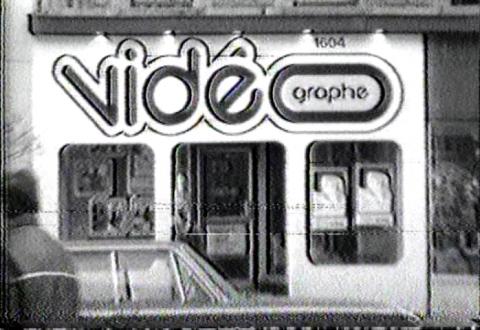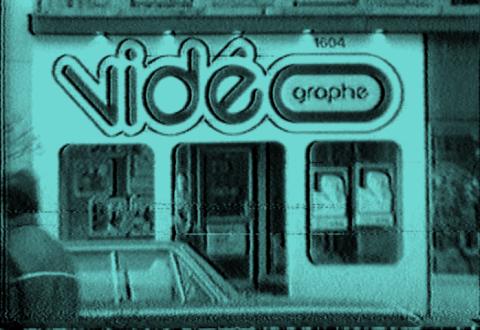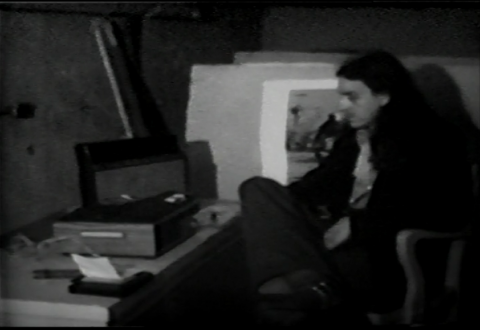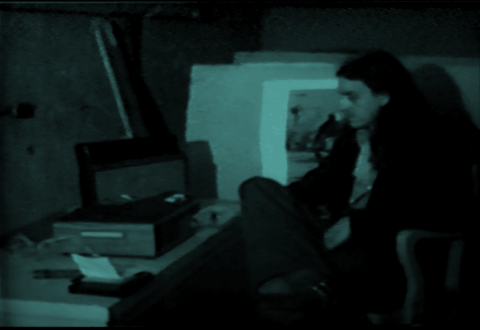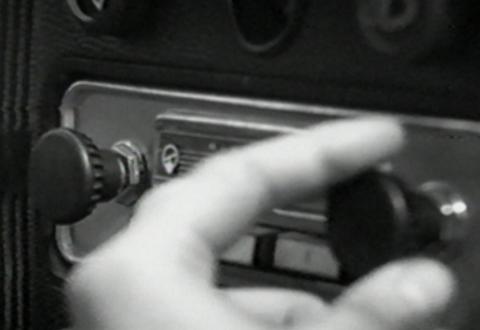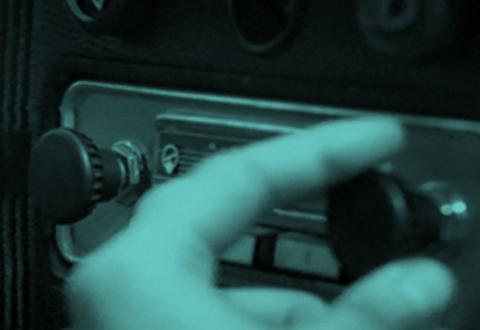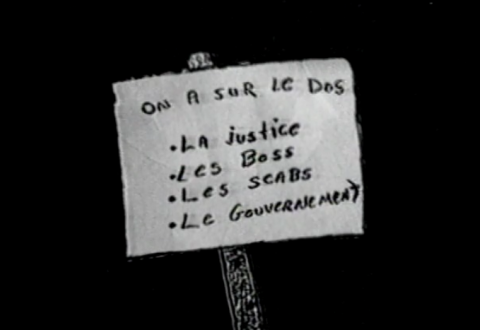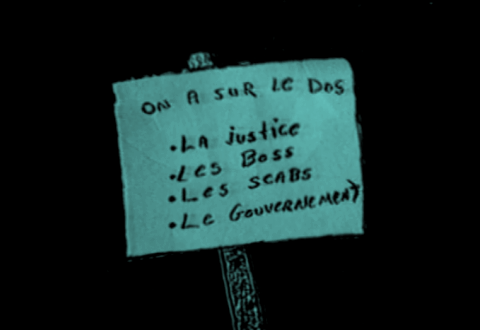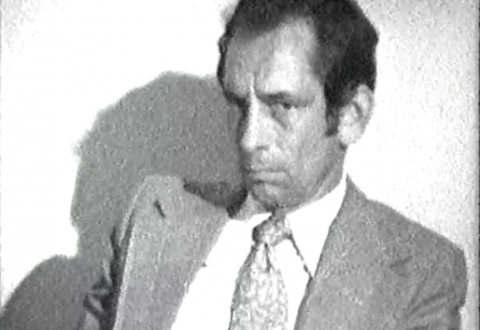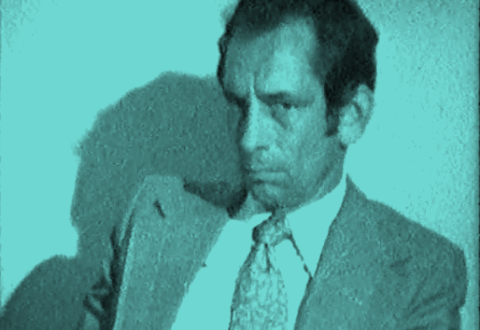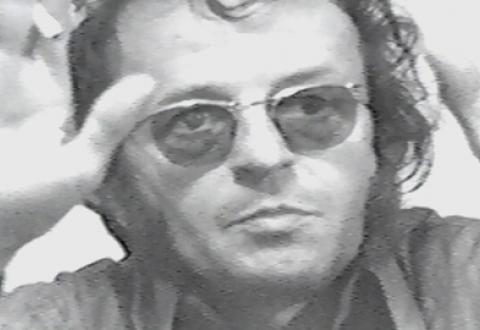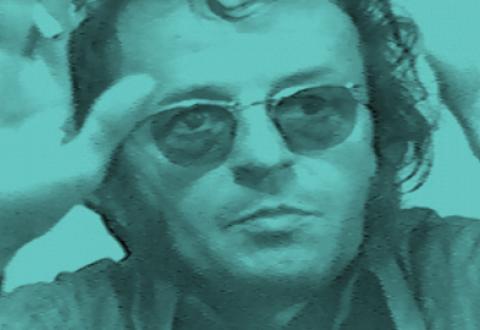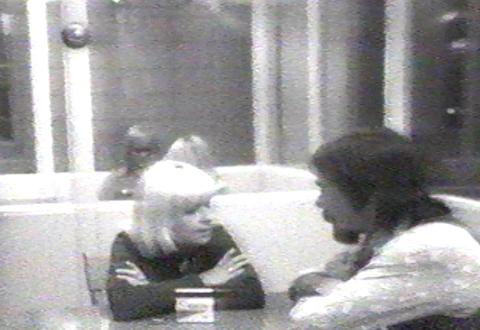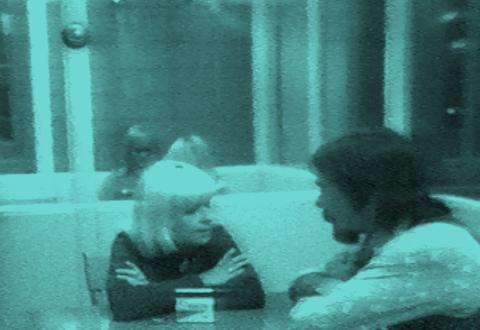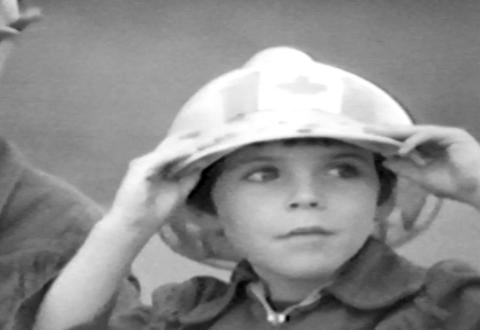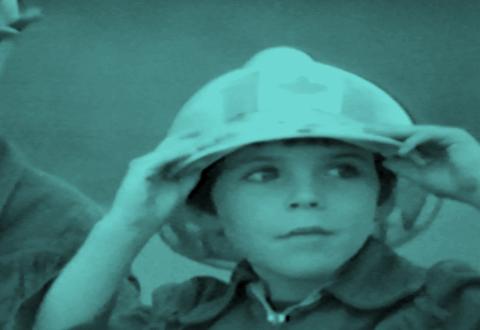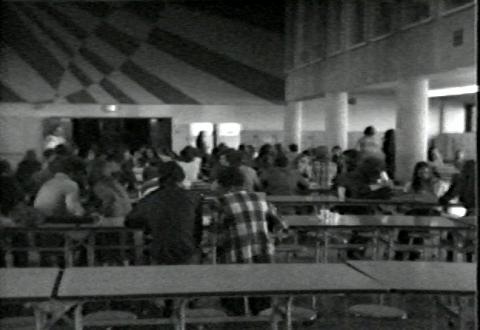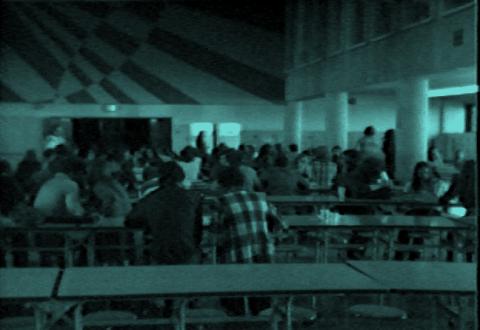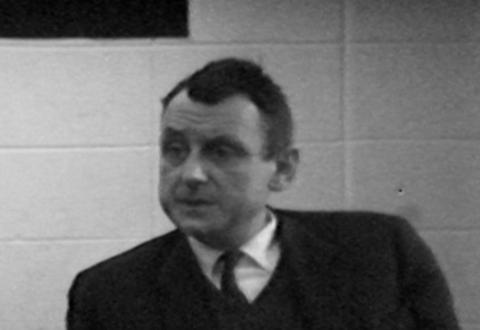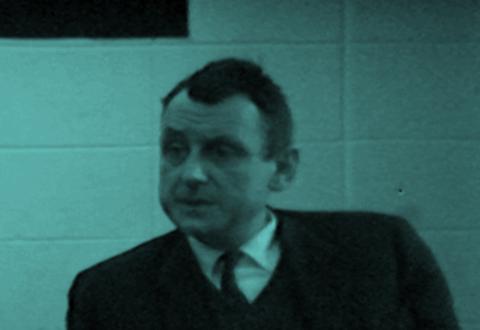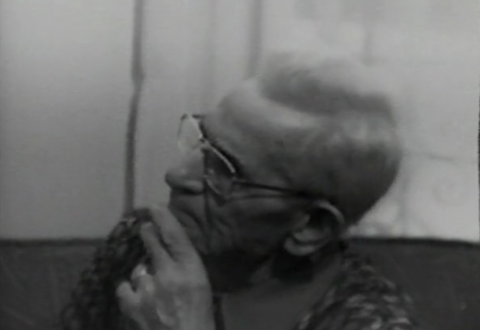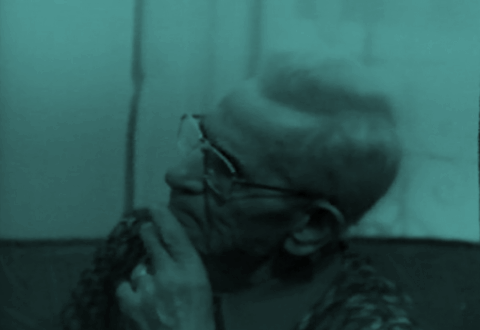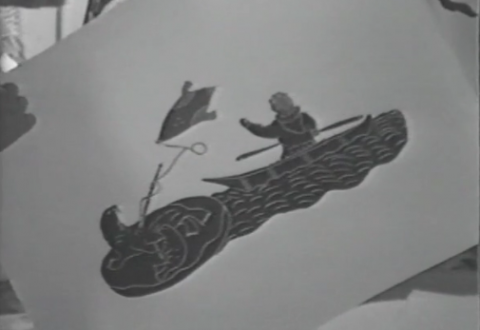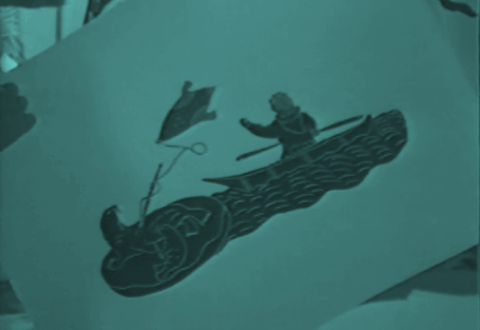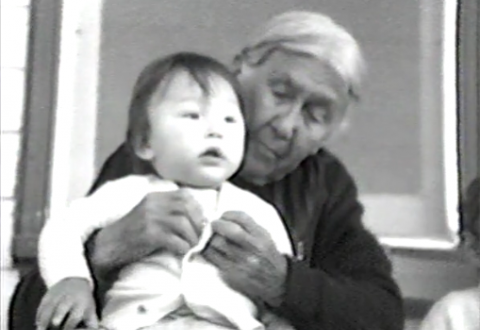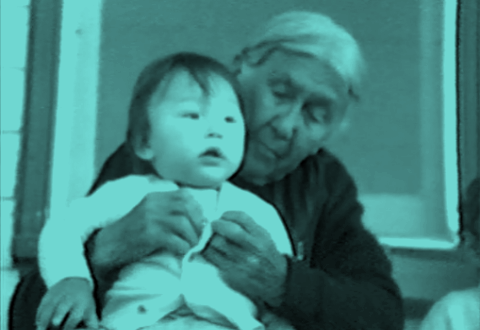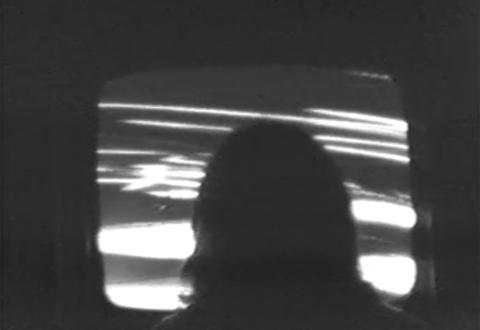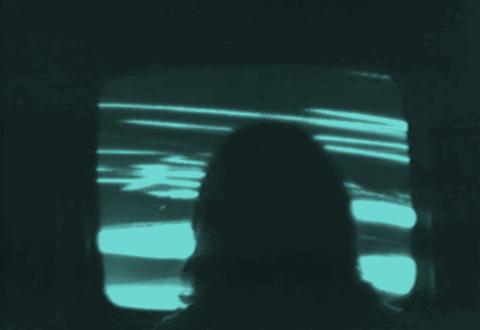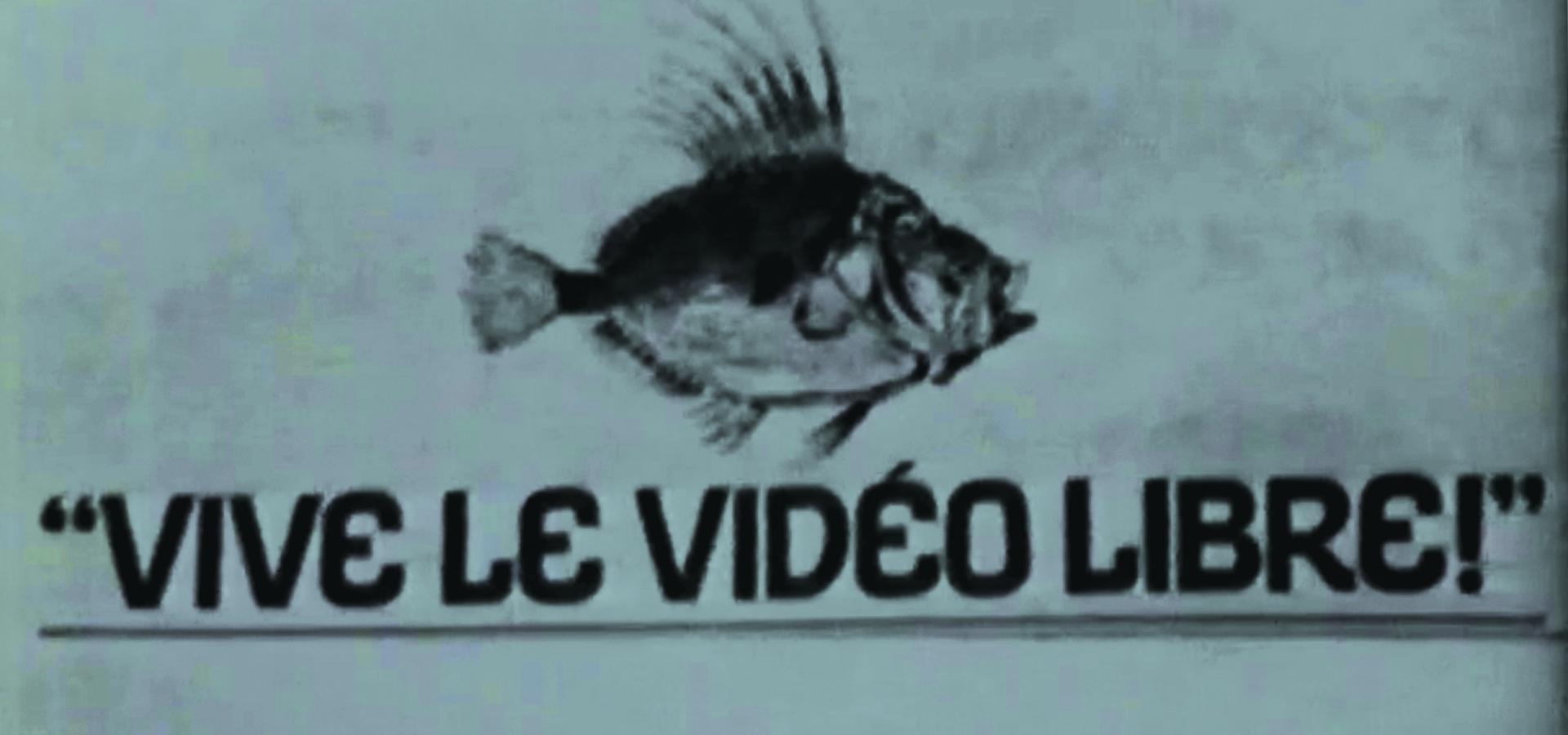
Looking back on a decade of ‘vidéo libre’
When we began this residency, we had a phantasmatic notion of the journey ahead: a vast body of experiments, trials and explorations, both formal and political, awaited us. The utopic vision that we felt had motivated the founding of Vidéographe in 1971 was reactivated in our desire to explore the first videos from this decade of ‘vidéo libre’ (‘free video’), to appropriate the title of one of the ‘videograms’ produced at the time.
We already knew from our preliminary research that Vidéographe, an extension of the NFB’s Challenge for Change/Société nouvelle program, had been established as an innovative technological project: the democratization of the production and distribution of video imagery across the board. Artists and activists showed great enthusiasm for this new medium: from TVTV to The Kitchen, from Experimental Television Center to Optic Nerve (to name a few American examples), there was a move, in keeping with Marshall McLuhan’s theories, to place video at the center of a media revolution. This medium allowed – or at least promised to allow – a radical re-questioning of the context of production, of the producer/viewer relationship and of ways in which images could be circulated. How was this going to take shape, this technological utopia, in the Quebecois context? What forms could this unique experiment, offering permanent access to videographic means of production and distribution (literally – Vidéographe was open 24 hours a day), have taken?
We decided to approach the question by by-passing further research and throwing ourselves straight into a systematic viewing process. This inductive approach was appropriate for the collective, which brings together different approaches and sensibilities, without making concessions, to reflect on images and potential ways of showing them, with an aim to creating situations in which they can be associated with specific ideas, spaces and temporalities. Diving into Vidéographe’s collection involved trying to imagine the ways in which these images had been shown and received at the time, while considering their eventual re-showing in the context of our own ways of working: screenings in the city, outside of traditional venues, often almost furtively.
We did not take a clear disciplinary position, in the hope that this would allow us (paradoxically) to deviate from the fields of knowledge that would have pre-determined ‘must-see’ gems. We also decided from the outset to avoid works by well-known video-makers, such as Robert Morin or Pierre Falardeau, and to prioritise more underground and less well-documented videos. We did not watch them in chronological order, but we did limit ourselves to the 1970s, a decade greatly enlivened by this utopian ‘communication laboratory,’ stopping short of the gradual but sure shift towards video as an artistic medium that took place in the 1980s.
* * *
And so it was time to begin, but how and from where, with such a vast and little-documented collection of some 300 titles? With the basics! While Sélectovision/Éditomètre/Entrée en scène and Sonographe, which document the general functioning of Vidéographe and its audio counterpart, were our two first viewings, it was Les occupations CHOM, CKJL that really kick-started and marked our journey. This anonymous collective work was a live recording of the occupation of a Saint-Jérôme radio station by striking workers who attempted to prevent the broadcasting of a program by a presenter who was critical of their cause. At the time of the general strike of 1972, this was a strong tactic. The strikers who broke into the radio station were closely followed by a mobile and undisciplined camera; spontaneous interviews were conducted with proud and arrogant activists; a hybrid soundtrack played, which integrated a program made by other strikers that was broadcast on the occupied radio waves of CHOM FM with ‘the police at the door.’ The video encapsulates the struggle through self-representation. Actions, speeches and ideas are combined in a gesture at once political and poetic: to take over the radio waves is precisely to seize the power of representation. This video tape embodies, in a very direct and pragmatic way, the necessity for media and politics to converge in grassroots protests. Les occupations CHOM, CKJL, ‘guerilla television’ Quebec-style, is a resounding demonstration of the social and technological ideal, which had quite significant political ramifications, on which the Vidéographe project was founded.
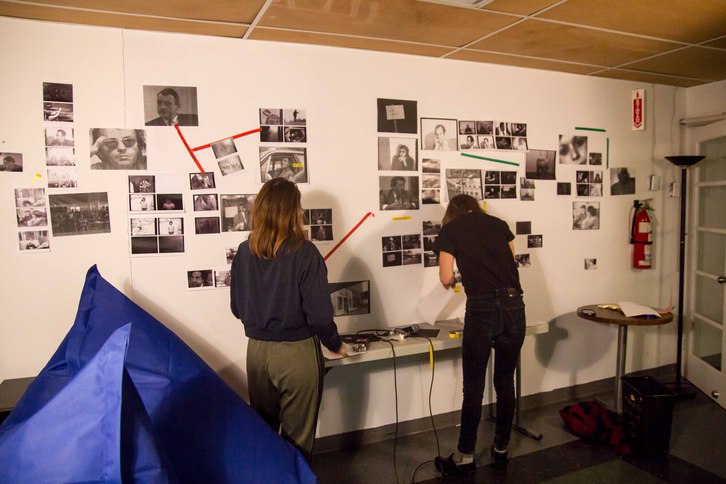
Strikes, occupations, grassroots protests and general assemblies were therefore the common thread of our early screening sessions. This initial exploration was, however, a lot drier than predicted. We had trouble re-finding the strength of feeling that had animated Les occupations CHOM, CKJL, that of the liberated and liberator, and given it such a forceful impact in our initial contact with individuals acting on popular demands. Despite the common desire to ‘show the facts that are always lost in the official information [...] with our little cameras’ (Commonwealth Plywood : la bataille s’enligne sur nous autres) and to give a voice to ‘ordinary people,’ we had the feeling that this discourse more often than not found itself monopolized – or at least relayed – by union representatives, intellectuals, politicians, or well-known artists… or once again sublimated into the ideological voice of a nationalist community hovering over those of the people in front of the camera.
But the ordinary people, while brought into the framework of a well-intentioned plan to capture reality, then went beyond the framework, either by springing up in fleeting, silent or inaudible flashes – and then the power of the individual can be seen (we will come back to this) – or by completely taking over, as in Vous savez ça, monsieur le ministre ?, one of the rare videos that we remember from our first screening sessions. This live coverage of the occupation of a government office conveys, through its ‘infiltrated’ camera, the unbearable heat and smoke-filled air from cigarettes compulsively lit. The video problematizes precisely the difficulty of communicating when we find ourselves before speakers who hold the dominant political and media capital. Facing a minister and union bosses, workers with simultaneously insecure and agitated speech and gestures demanded a truth that would mean shifting the limits imposed on the issues for debate.
However, in many explicitly political videos that we watched, the discourse is filtered by and for the medium and is completely captured by it, while at the same time occupying these videograms somewhat rigidly, front and center, at the detriment of all other gestures. The mediation is strictly controlled: speakers speak into the microphone and in front of the camera; they speak of the factory, of the school or of the tavern. Far from a documentary style that encourages different ways of using the camera to the extent that it seems to disappear in order to take the viewer to the heart of the action, here a more objectifying and sociological approach is taken. The medium is kept at a distance and interrogates people because they belong to a sociological category under specific conditions. It is less about capturing an atmosphere or a milieu than understanding the issues underlying the conditions exposed. The medium is not concerned with the sensorial aspects of its subjects (such as the sounds or lighting of a space, the movements of a body) but renders visible individuals or groups as social elements that are usually under-represented. However, something of the nature of the connections between the individuals, of their emotions, is left somewhat diminished.
The term fabrique de clichés (factory of clichés) came to us when we tried to qualify the sociologizing posture that had derailed us. Our fantasies of true daring – reinforced by well-known cultural artefacts (French cinétracts) and by what we knew of the genuinely audacious intentions and practices on which Vidéographe was founded – were at odds with these videos, which took other directions and a mediating approach detached from any type of artistic posterity (and posture). But ‘factory of clichés’ did not do justice to works that otherwise resisted our generalizing judgement. Over the course of our joint, at times laborious, process of sifting through videos, we readjusted our expectations and set about watching ‘documents’ in order to finally see their inherent value. But more on that later.
At the time, we were sure of nothing (and we never would be), particularly as new types of videograms were added to the mix as time went on – amateur fiction, community television shows, filmed debates, activist reportage, filmed artistic performances… We were missionaries, overwhelmed by this exploded archipelago, which eluded all contextualization (there were no clues as to the production or dissemination of the videograms: what of video-theatres, debate-screenings, interactive videos, the Hertzian community television channel?) and, above all, our expectations. We were so overwhelmed that we began to question the process that we had set in motion: what were these ‘gems’ that we searched for really, other than an assortment of our own desires and biases, which inevitably favored the works of aspiring professional video-makers over CEGEP students’ sketches, documentaries over works of fiction, videograms addressing indigenous peoples’ issues over those with a more nationalistic tone? The arbitrariness of our selection process became apparent to us, as did the difficult relationship with an entire corpus that our approach implied, as it required extracting works from a collection that would represent it, to lend it a form that eluded us.
To counter the exhaustion and the saturation that we experienced during group screenings, we sought out brilliant moments of inspiration: poetic passages that disrupted, even fleetingly, the framework of these productions, elusive gestures that escaped the regime of information. The young adolescent in Y’a du dehors dedans, standing in the doorway of a tavern on a dusty Montréal sidewalk who greedily devoured bananas in front of the camera and convoked, for several seconds, the ungovernable Mona of Sans toit ni loi. Individuals who puncture the screen with their inner strength, charisma or lucidity. We shared these different moments during our screening sessions, and they opened up different paths and interpretations ‘across’ the videograms. This new approach was fruitful, as it made us look at the collection in new ways and overcome our initial misgivings. After several weeks of intense viewing, we managed to complete the entire corpus and establish a preliminary list of some 20 titles. This constituted a fragile cosmogony, the archipelago of our journey, whose fluctuating geography we documented and soundtracks we recorded.
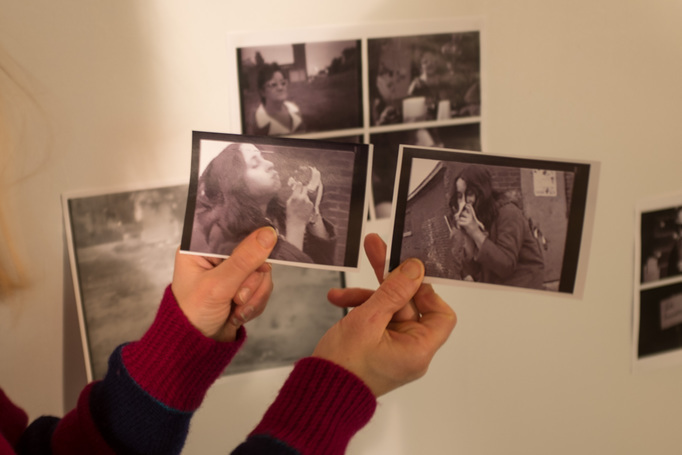
Two large constellations appeared, each centered around threads more or less linked to a section of the videograms selected: media, television, the general public, strikes, and nation on one side and minor struggles, the everyday, intimacy and (micro)communities woven together through the image on the other. Two poles that represent almost dialectic oppositions: between the great struggle of workers, media or the nation, and the ‘minor’ and pluralistic protests led by women, tenants, prisoners, high school students, and taxi drivers; between a desire to address the masses across Quebec, and the mere wish for representation on a local scale.
While these oppositions remain very conceptual and are not necessarily translated in the images, they allow us to identify a tension at work around the question of community. How should this be approached? What distance should be established, which language adopted? Which audience should be targeted? There were so many questions to which each videogram seemed to offer a different answer, bringing infinite variations to issues of representation; these are inherent in all documentary approaches but were perhaps reactivated in this case by Vidéographe’s visionary character. Its horizontal approach – its promise to eliminate the distance between producers, subjects and viewers – rendered the question particularly interesting in the context of community. The communities that seized upon Vidéographe, with their desire for self-representation, understood the need for new forms of communication.
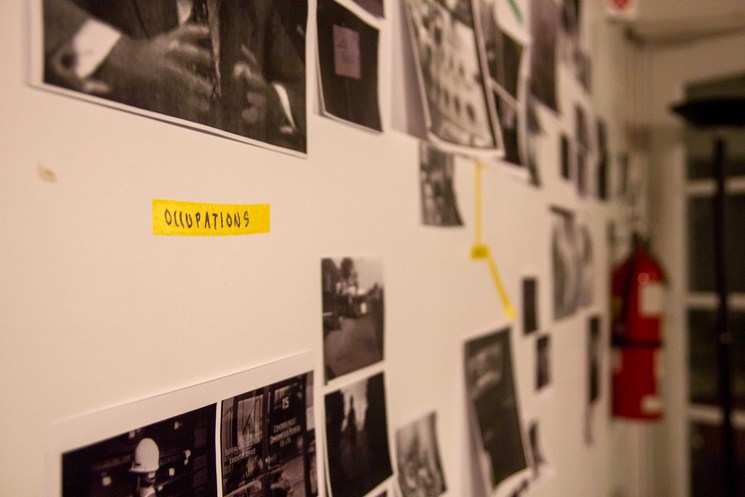
This was therefore the basis on which we carried out our work; over the course of our discussions, certain titles came up repeatedly, and became the threads of our interpretation. Temps guay is one such example, a videogram made about female prisoners at Tanguay prison about their experiences and conditions of detention, which begins with a reconstruction, in the style of a docufiction, of the arrival of a new prisoner. The voice transmitted through the camera, which unites the women around the table, speaking to us and posing questions, seems to guarantee the authenticity of a reality observed from the inside. The women discuss feelings, past and present, and through their testimonies, intimate relationships are established with the audience, whom some inmates address directly. This videogram is in keeping with the Challenge for Change/Société nouvelle productions, in which the video serves as a tool for free speech and mediation.
Different from Temps guay but also situated in the social documentary genre, Roulis-roulottes stood out for us in part because of its slightly unusual subject matter (trailer park residents’ demand to have their rights recognized by the owner) but mainly for its documentary approach, which focused on the residents’ words, stories, and feelings. Unlike so many videos about tenants’ rights in which the analysis of an activist or an expert in their office dominates and organizes all points of view, in this case the camera is in the residents’ homes, on their mown lawns or in their kitchens. At times it is also in the landlord’s office; his statements are almost always subsequently contradicted by the residents, who never lose their sense of irony.
We also found this subversive and mischievous approach in La maudite école, which centered on another community that was well-represented in our corpus – ‘youth’ in the broad sense. This time the subject of the reportage was a Laval secondary school, but it was realized from the inside, by a student or ex-student who used the video medium as a means of personal investigation: “You want to understand, you have the instruments and you use them; after that you can explain to me how they work,” a pastoral councillor told him in an interview. The perspective is directed, the microphone inquisitive, the tone rebellious, and herein lies the strength of the videogram. La maudite école is somehow continued by L’école aux mains des étudiants, which documents, though in an altogether different register, the story of Nicolet’s secondary school. Here the camera is fixed and the production team remains behind the scenes; the device renders itself invisible in order to leave the discourse to the principal, Max Bauthier, who talks about the establishing of another utopia, this time academic. If there is a cinéma de la parole (‘discursive cinema’) in Quebec, its video counterpart certainly also exists.
In a similar way, speech is also at the heart of Rodolphe Hamel, a video about the trade unionist of the same name – a prophet of times gone by for whom the embers still burn. Despite (or perhaps thanks to) a very pared-down approach – a single long interview – the room quickly heats up and the way in which the activist recounts his experiences on the front line of the asbestos strikes is enough to bring them back to life; here there is no need for images, narration or objectivity. What we hear is rare; Rodolphe Hamel knows how to pass on a taste for protest.
Inuit Today takes us back, not in time, but in space. The narration in Inuktituk is accompanied by images of the Far North; the cameraman directs our gaze through long, circular panoramas that sweep over subtly staged scenes in public and private spaces in his community. The timeless images seem to come from inside the language, even though we don’t understand it; they know how to speak to us intimately. The atmosphere born of this close relationship is constructed with the videomaker’s voice and vision. We follow him closely and he keeps us on tenterhooks about the meaning that this Inuit community gives to the images that it creates by itself, for itself. 439 ans après J.-C., a videogram made on the Pikogan reservation in Abitibi, proceeds with the same poetry, the same desire to document communal life. Here, however, issues of communication are more pronounced and the testimonies more bitter, while the residents tell us, in French that betrays the violence that their learning imposed, of their experiences in the education system and forced cohabitation. We also see the anger brought about by the invisibility of these indigenous communities: “The difficulty doesn’t lie in talking about Indians, it’s in listening to them.”
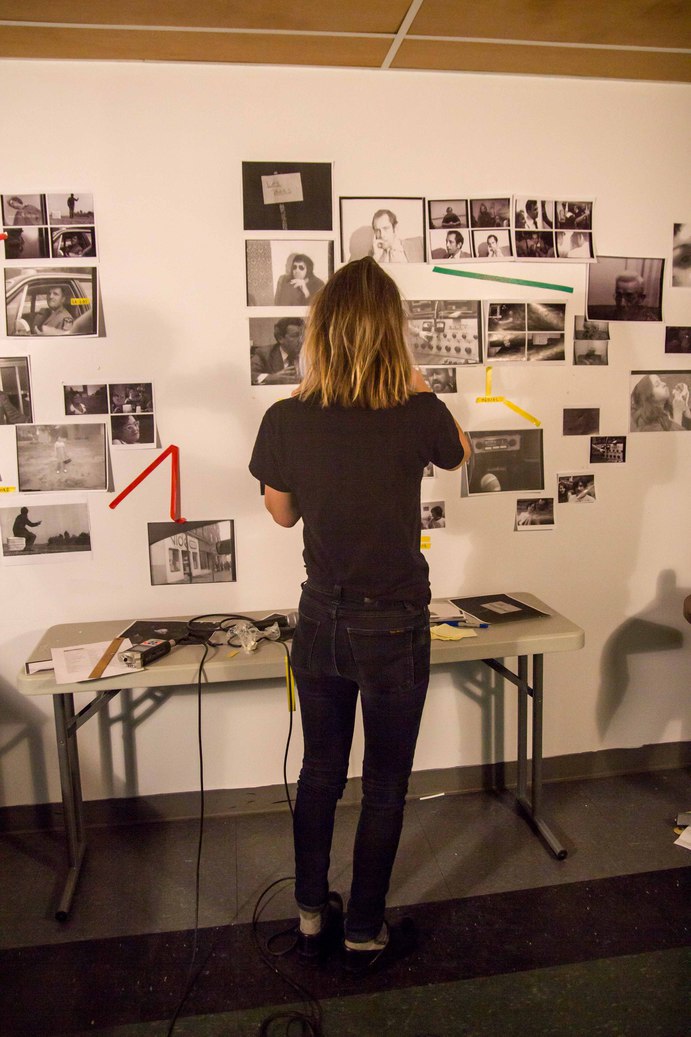
* * *
The interpretation centered on community and its means of representation that we proposed at the end of this residency is certainly not the only one that our corpus, an archive rather than a collection, would allow. The first decade of production at Vidéographe cannot be reduced to a chronology, a series of trends or a list of key works. The results of our residency were not rendered according to the point of view of a researcher or an expert, but rather that of a range of practitioners who experienced this exhausting, bewildering but transformative viewing process together. It should be said that we never lost sight of the importance of believing in the image, of trying to understand it even when it seems somehow lacking or ‘disappointing.’
The corpus that we scoured is shaped by a common concern that almost escaped us: that of rendering a situation visible through interviewing groups or individuals who are constituted by and around these situations – residents of a village of hastily built mobile homes; families devastated by asbestos; women imprisoned for offences whose drama is masked by banality; strikers caught in legal and political games. The images that we dreamed in vain of finding prevented us from seeing what was happening at the core of these videograms; we didn’t see them because they were formulated by terms and customs that were not our own. We had to redress our biases about certain forms, understand our reactions to things we hadn’t anticipated, and question our position, or rather our positions, since there was never a consensus even among ourselves about the way in which the corpus should be approached.
While we were searching for forms without guidance, devising a language, the reach of these videos’ utopic vision went unnoticed. However, the earliest videos radically linked the medium with mass media, with all of its aggregate power and the instrumental ambition that this assumes. Perhaps the utopic vision in Vidéographe’s actions resided in investing video with the possibility of forming one or more communities, in identifying the more or less sovereign coordinates on which, once rendered visible, the medium could enable action.
***
Translation: Sarah Knight
Images: Le Sémaphore, 2018.

